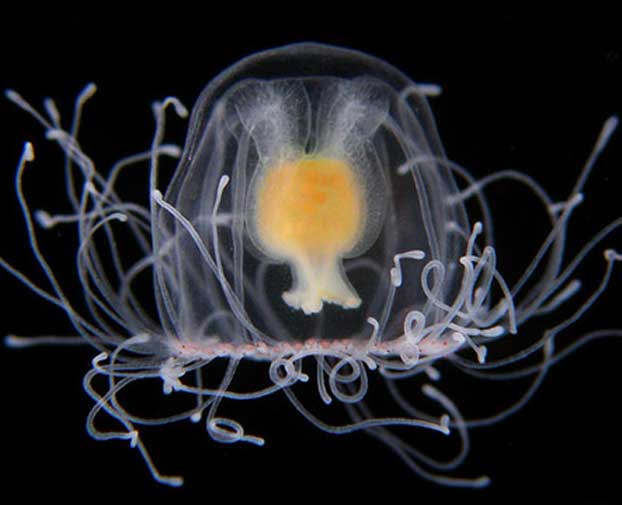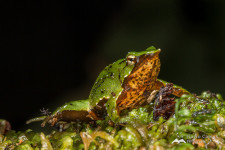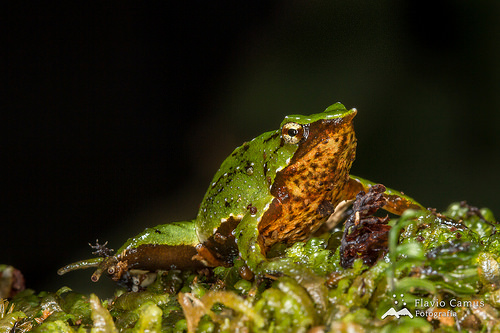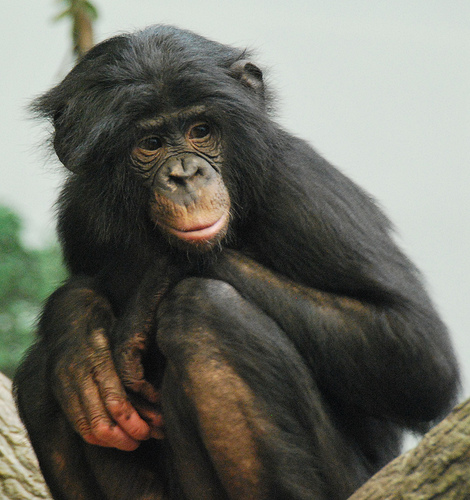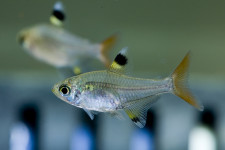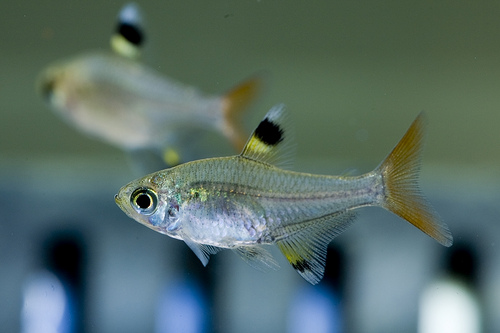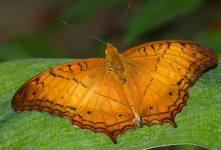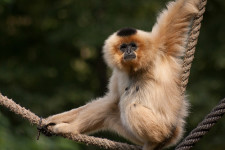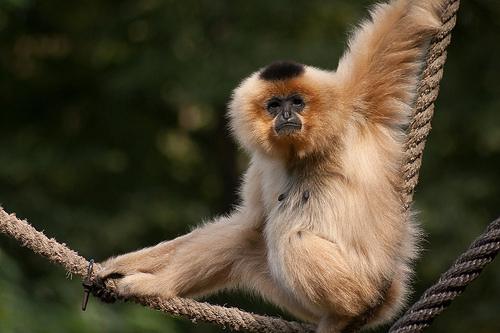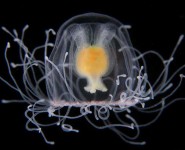
Something that can live forever like the immortal jellyfish is a very curious thing.
- Immortal jellyfish are a species of jellyfish found in the oceans near Japan and the Mediterranean area, though populations of them are popping up in various areas across the globe, and their movement to new areas is thought to be assisted by their travel in water held in the base of ships.
- The scientific name of an immortal jellyfish is Turritopsis dohrnii and it is from the family Oceaniidae, a family of hydrozoans, and the species has also been dubbed as the ‘Benjamin Button jellyfish’.
- Immortal jellyfish start life as larvae, that develop into polyps that have a similar appearance to soft coral, before they reach the mature jellyfish stage.
- Immortal jellyfish adults are very small in size, reaching approximately 4.5 to 10 millimetres (0.18 to 0.4 inches) in diameter, and they are a transparent colour, sometimes with a vivid red stomach in its centre.
- Immortal jellyfish are best known for their ability to avoid death from old age or severe wounds, by reverting back into a polyp form from being an adult jellyfish, by altering their cells – a process called ‘transdifferentiation’.
An Immortal Jellyfish
Image courtesy of Discovery News/Youtube
- As a result of reversions, immortal jellyfish can create numerous exact duplicates of themselves, as one polyp can release a number of medusae (jellyfish).
- Triggers that can cause immortal jellyfish to revert to polyps include old age, stress, illness, injuries and feeling threatened, though as yet, they have not been seen reverting from adult to polyp forms in their ocean environment, but rather only in laboratory settings.
- The immortal jellyfish of the species Turritopsis dohrnii, is often confused with the visually-similar Turritopsis nutricula and Turritopsis rubra, with images and common names of the three species frequently confused with each other.
- Despite the immortal’s jellyfish ability to refrain from dying from age, rendering it fairly immortal, the animal can be killed by disease or by natural marine predators.
- The immortal jellyfish’s strange properties were first discovered in 1988, by Christian Sommer from Germany, who was studying to be a marine biologist, and this kick-started significant interest in and further research of the jellyfish.



